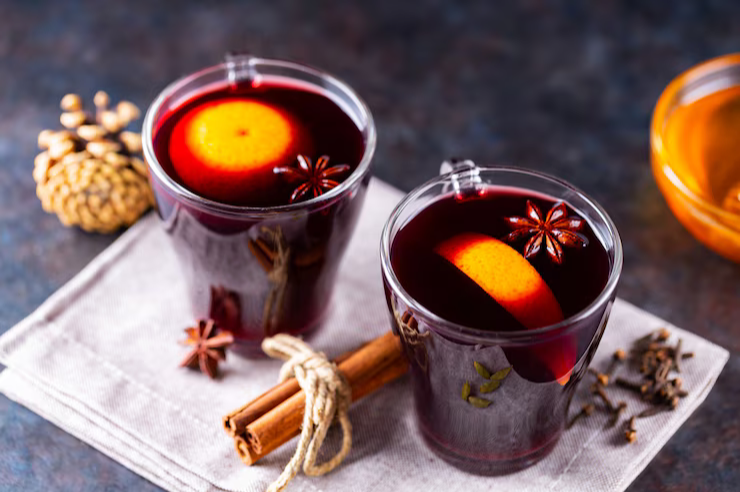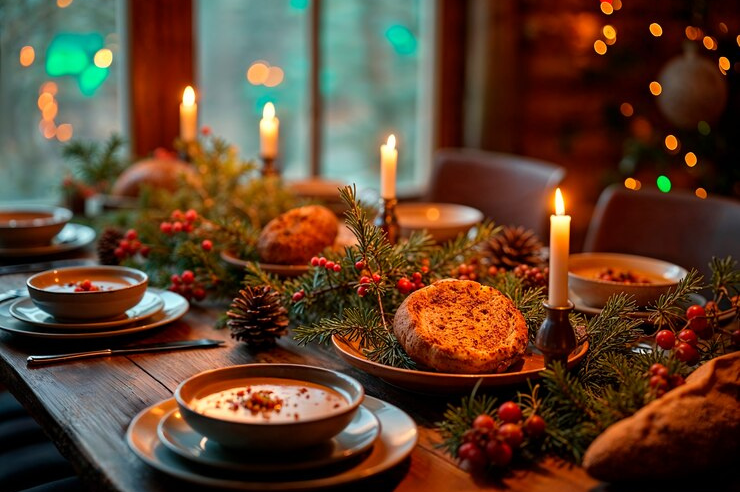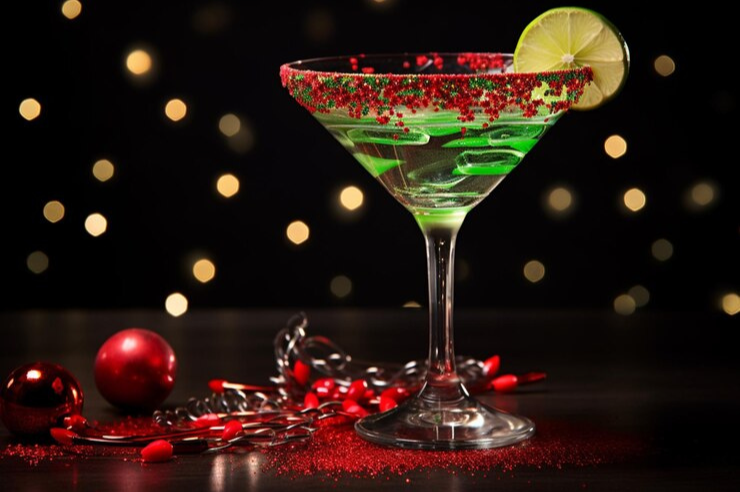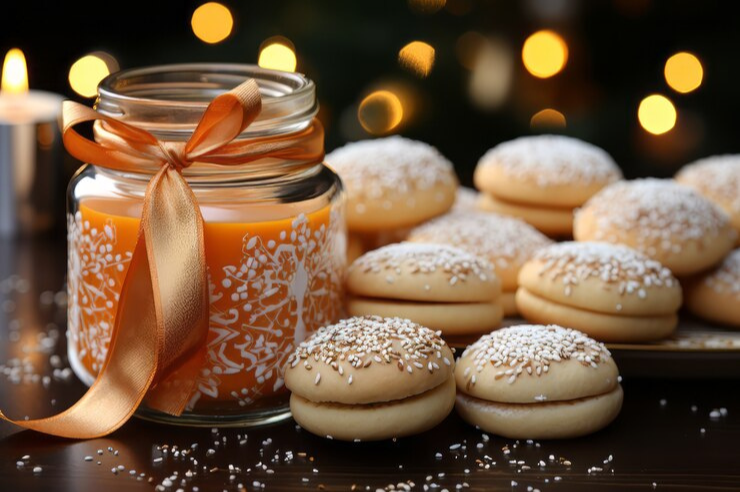As the winter chill sets in, there’s a comforting drink that has warmed hearts across cultures for centuries: mulled wine. This spiced, aromatic beverage has been cherished from the Christmas markets of Europe to cozy firesides worldwide. Whether enjoyed during the holiday season or at a winter gathering, mulled wine brings warmth to both body and soul. But what is it about this drink that transcends borders and time? Why does it continue to bring people together year after year? Let’s dive into the story of mulled wine and explore its enduring charm across cultures.
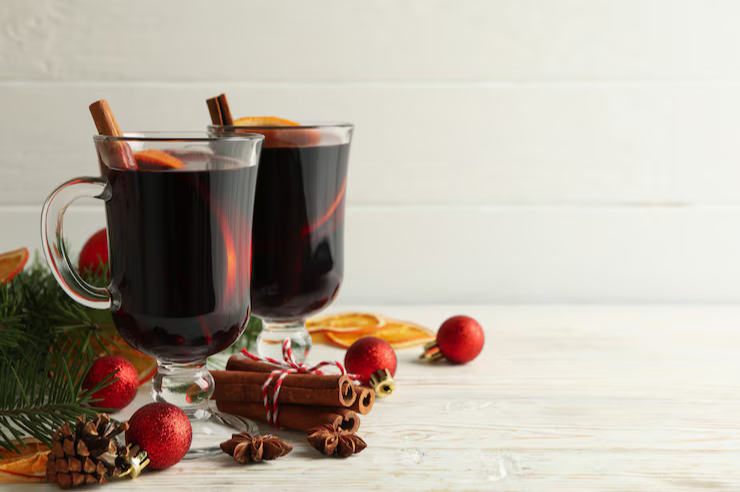
The Origins of Mulled Wine
The story of mulled wine dates back to ancient times, with the earliest versions found in the Roman Empire. The Romans were known for their love of spiced drinks, and they would heat wine with a mix of spices and herbs to warm up during the cold winters. This early form of mulled wine was thought to have medicinal properties, often used as a remedy to fight the cold and promote good health.
As time passed, mulled wine spread across Europe, taking on new characteristics as different cultures adapted the basic recipe to their local tastes and ingredients. In medieval Europe, it was known as “hippocras,” named after the ancient Greek physician Hippocrates, and it often included ingredients like ginger, cinnamon, and honey.
Throughout history, mulled wine wasn’t just a winter treat; it was a symbol of hospitality, comfort, and warmth. Over time, the drink evolved from a health tonic to a festive beverage enjoyed during special occasions like Christmas and New Year’s.
Mulled Wine Across Cultures: A World of Spices and Flavors
One of the reasons mulled-wine remains so beloved today is how it has been embraced and adapted by different cultures, each adding its own unique touch. In each country, mulled wine brings together similar ingredients—red wine, spices, citrus—but with varying twists:
Germany: The iconic Glühwein is the country’s version of mulled wine, famously served at Christmas markets across the country. The German version is traditionally made with red wine, cinnamon, cloves, and orange peel, and it’s often served with a shot of rum for extra warmth.
United Kingdom: Known as Wassail, the British version of mulled wine is typically enjoyed during the holiday season and often includes cider alongside the wine, giving it a unique fruity twist. It’s a popular drink at Christmas parties, where the traditional practice of “wassailing” involves toasting to health and prosperity.
France: In France, Vin Chaud is a staple at ski resorts during winter, where skiers enjoy it by the fire after a long day on the slopes. French mulled wine usually features spices like cloves and cinnamon, but some regions use brandy or other spirits to give it extra depth.
Sweden: Known as Glögg, Swedish mulled wine is famous for its bold spices, including cardamom, cloves, and cinnamon, and is traditionally served with almonds and raisins. It’s often enjoyed with Swedish gingerbread cookies, making it an integral part of the holiday experience.
Each of these countries has put their own spin on mulled-wine, making it a diverse, yet universally beloved tradition that brings warmth and festivity wherever it’s served.
The Art of Making Mulled Wine
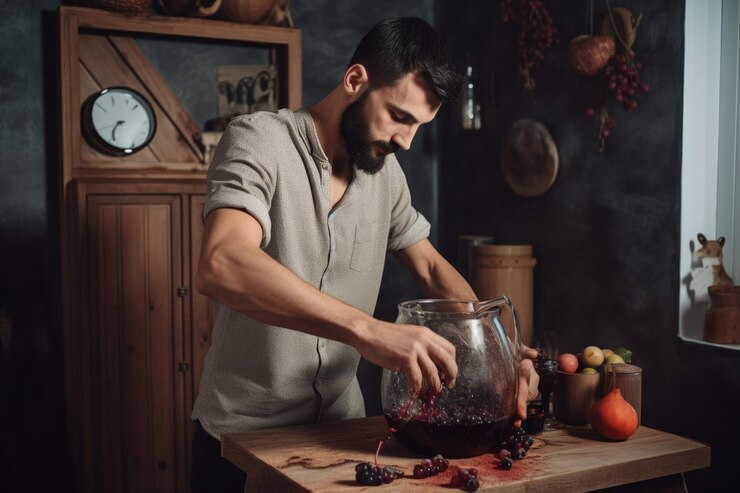
Making mulled-wine is more of an art than a science, with endless variations based on personal preferences and regional traditions. The essential ingredients—red wine, sugar, and spices—remain consistent, but the exact combination can vary.
The process typically begins with heating wine in a pot with a blend of spices such as cinnamon sticks, cloves, and nutmeg. Orange peel, citrus juices, and sometimes fruits like apples or cranberries are added to enhance the flavor profile. While traditional recipes stick to the classic red wine base, variations have emerged where white wine or fortified wines like port are used to add complexity.
For those feeling adventurous, adding brandy, rum, or even whiskey can elevate the experience. The key to making the perfect mulled-wine lies in simmering it gently, allowing the spices to infuse the wine without boiling off the alcohol. The longer you let it sit, the more the flavors meld together, creating a rich and aromatic drink.
The Emotional and Social Significance of Mulled Wine
Mulled wine isn’t just about taste; it’s about the emotions it evokes. Mulled-wine has long been associated with the spirit of togetherness and celebration. Whether served at a cozy family gathering or at a bustling Christmas market, the drink encourages people to slow down, enjoy the moment, and share in the warmth of the season.
During the holiday season, mulled-wine is a symbol of hospitality, creating an inviting atmosphere for guests and encouraging conversations that stretch into the night. From carolers singing around a fire with a warm mug of mulled wine in hand to friends clinking glasses at a festive dinner, this drink has the unique ability to connect people across time and space.
Modern-Day Trends and the Future of Mulled Wine
While mulled-wine retains its classic charm, modern trends have brought new interpretations to the drink. As cocktail culture has boomed, bars and restaurants have taken a creative approach to mulled wine, experimenting with flavors and presentation. Some mixologists add unique spices like star anise, ginger, or even saffron, while others infuse mulled wine with herbs like rosemary or thyme for a fresh twist.
Non-alcoholic versions of mulled-wine have also gained popularity, especially with the rise of wellness trends and alcohol-free lifestyles. These mocktails replicate the flavors of traditional mulled-wine but without the wine, making it a perfect option for those who still want to enjoy the festive flavor without the alcohol.
Mulled Wine Around the Holidays: A Global Celebration
No matter where you go, mulled-wine plays an integral role in holiday celebrations. From the Christmas markets of Europe to family gatherings around the world, mulled wine adds a touch of magic to any occasion. The warmth and spice of the drink bring people closer together, turning any moment into a festive one.
In fact, mulled-wine is often associated with the most joyous and heartwarming celebrations. From ringing in the New Year to celebrating Christmas with family, the tradition of enjoying a glass of mulled wine has become an essential part of the holiday season. Its international presence proves that no matter where you are in the world, this spiced drink can bring comfort and joy to all.
Conclusion: Mulled Wine’s Timeless Charm
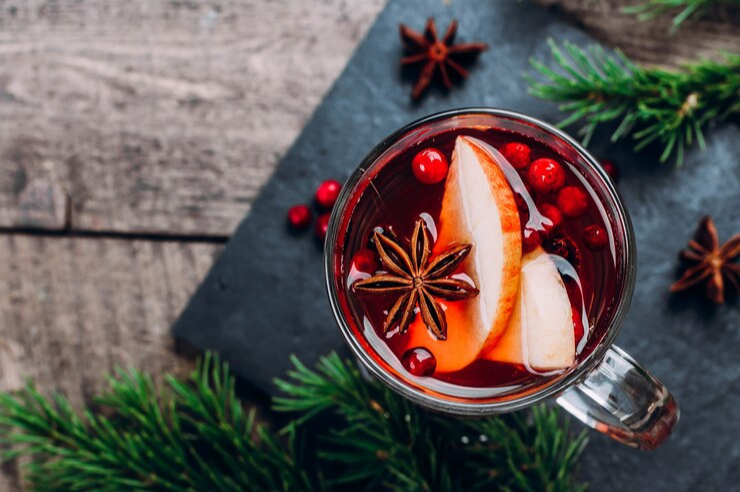
As we embrace the cold months, mulled wine remains a timeless drink that continues to bring people together. From its origins in ancient Rome to the festive mugs served at Christmas markets, mulled wine has transcended borders and generations, warming not just our bodies, but also our hearts. Whether you’re sipping a traditional version or trying a modern twist, mulled wine will always be a beloved holiday classic, uniting people across cultures and warming souls for years to come.
This winter season, raise your glass of mulled wine and celebrate the tradition that has stood the test of time.
Feel free to contact us to find out more about us and our services, explore who we are, or discuss advertising opportunities. Don’t overlook subscribing to our magazine for monthly updates, exclusive insights, and more exciting content!

